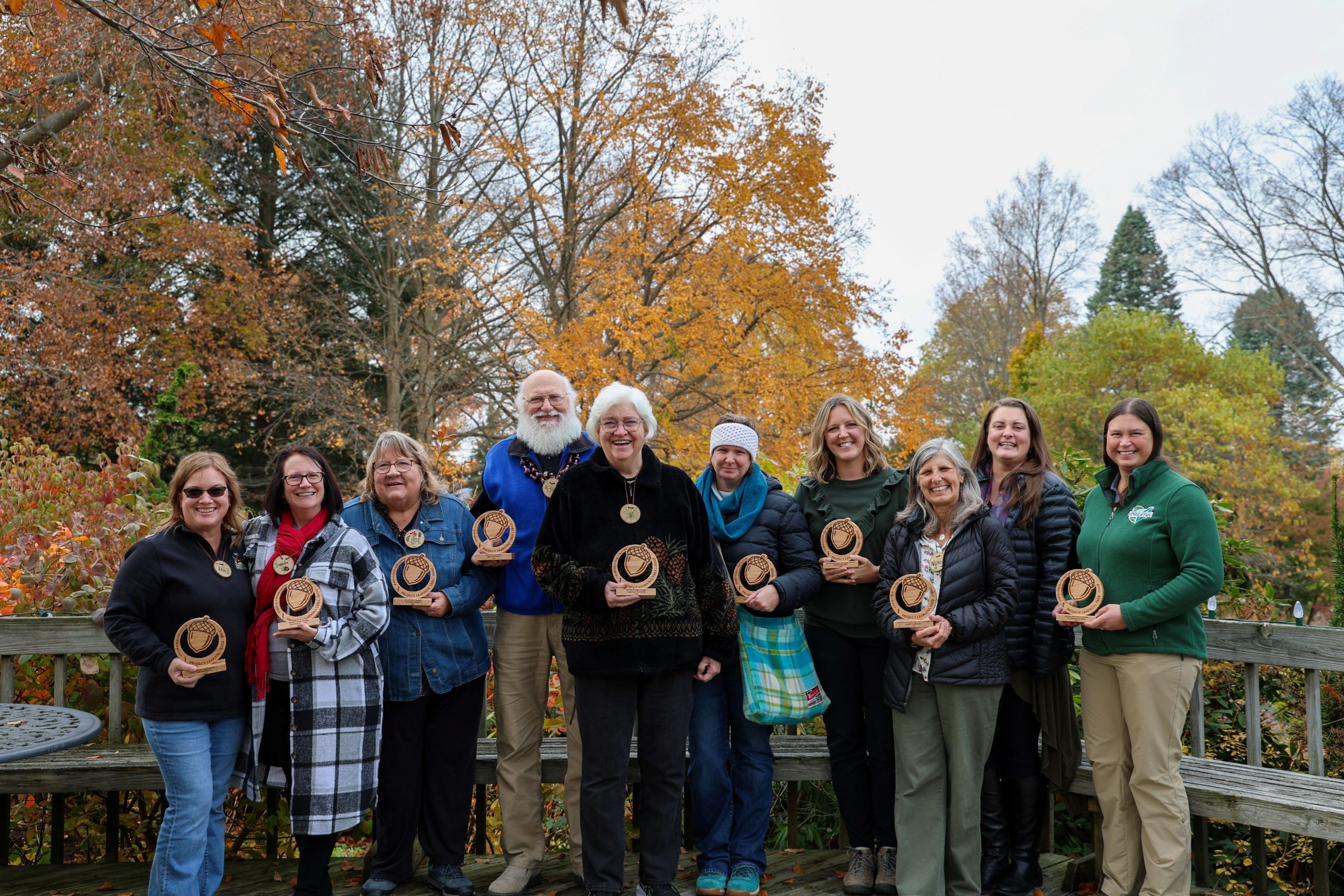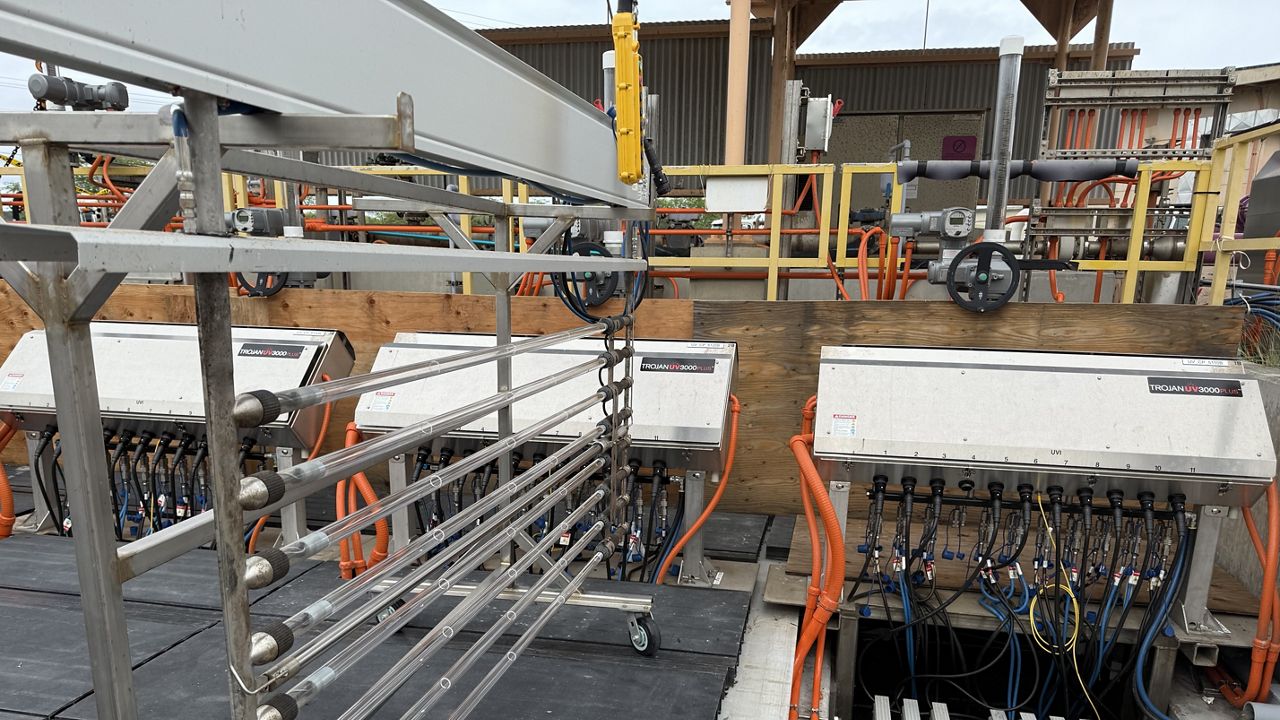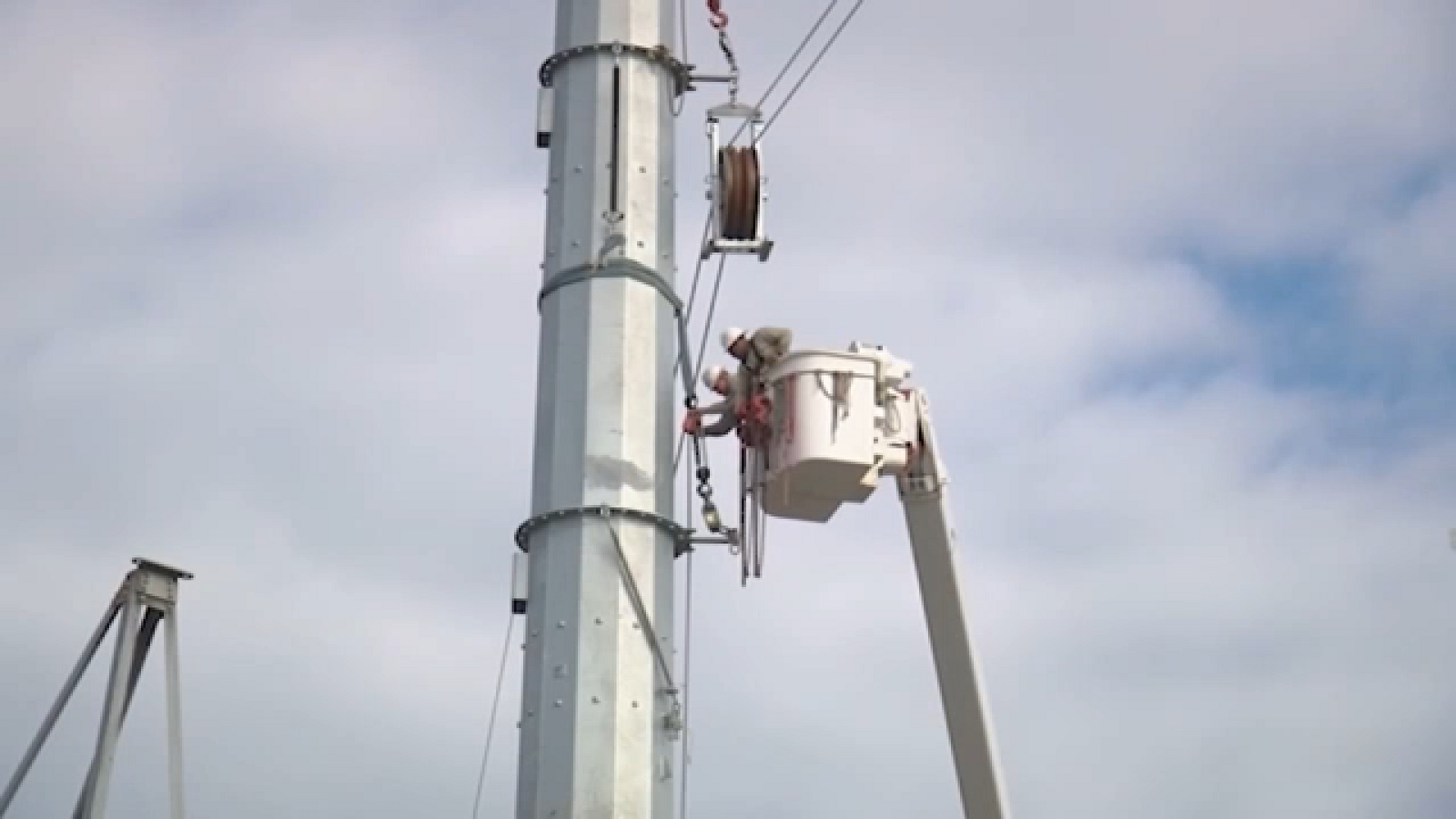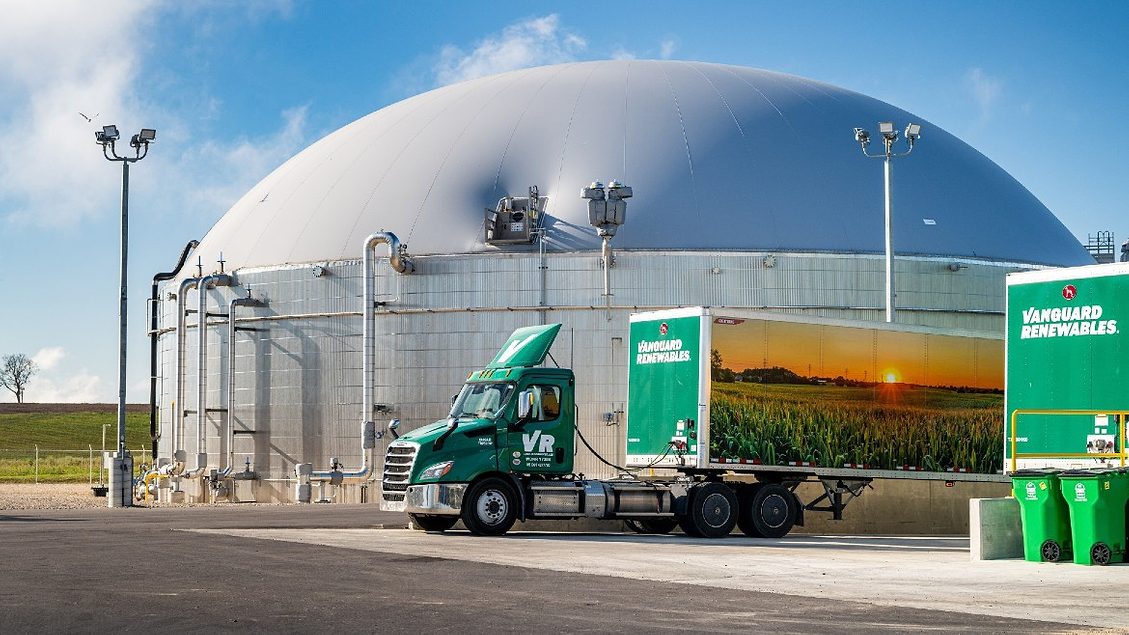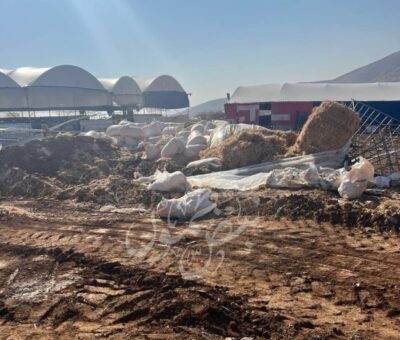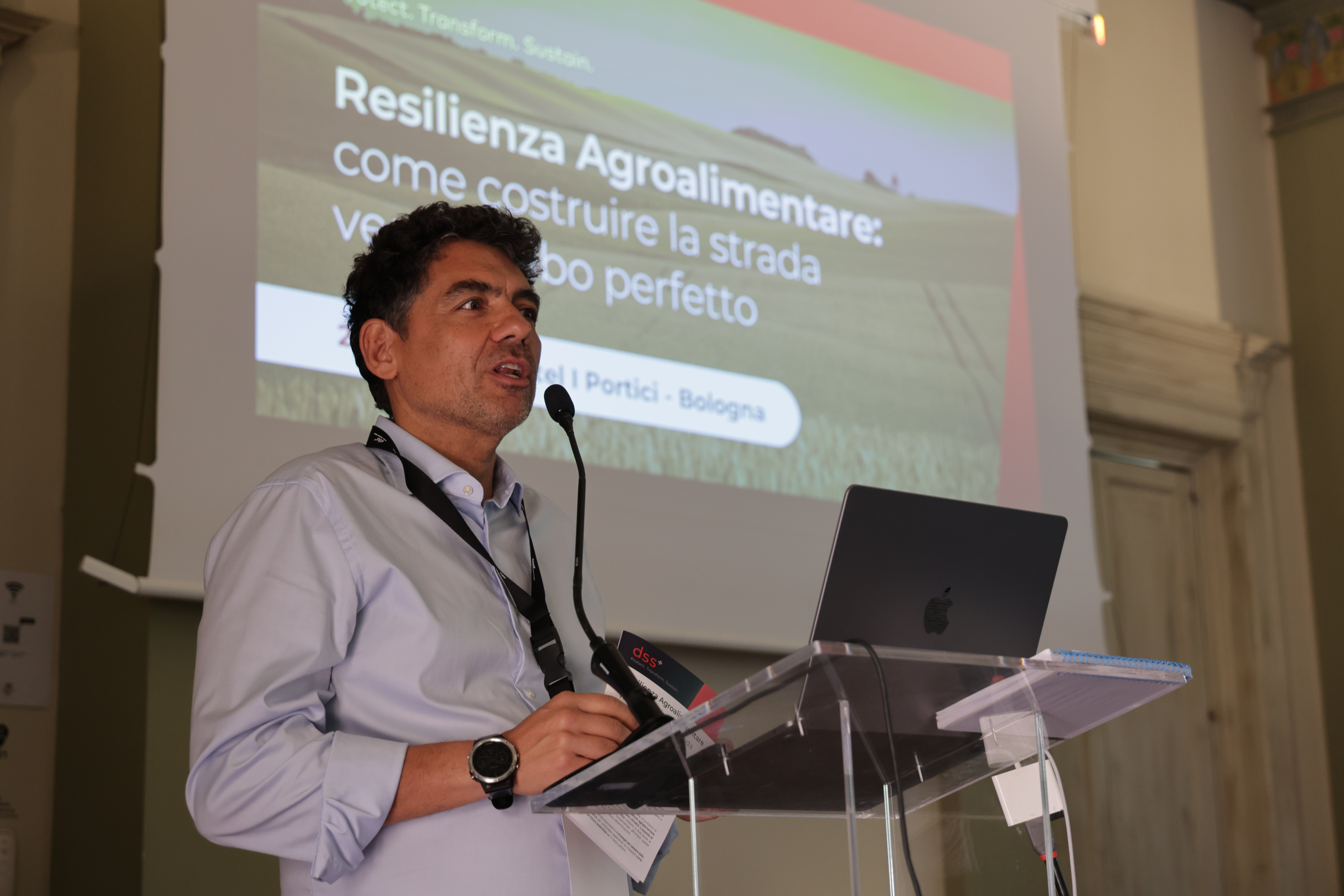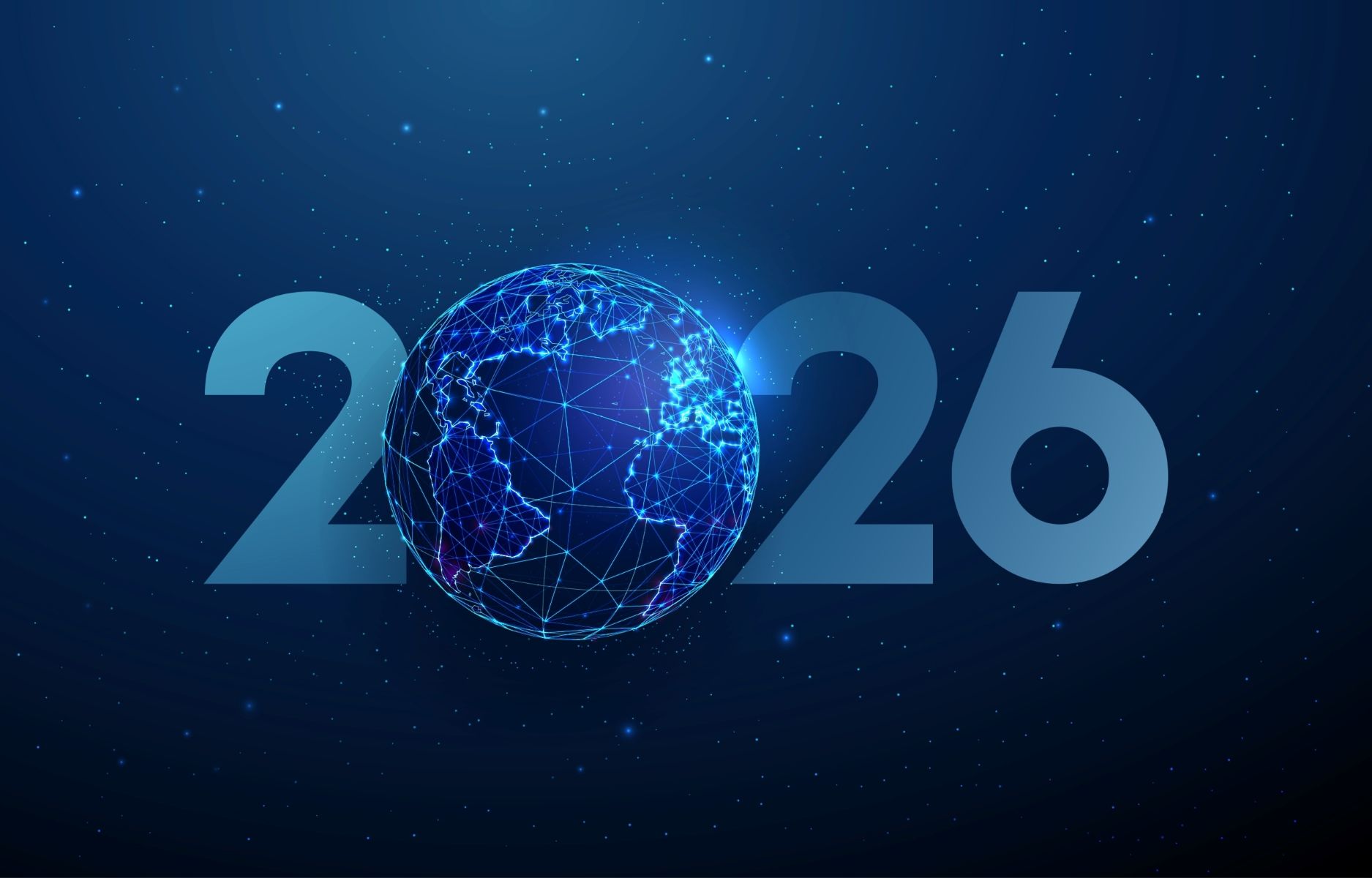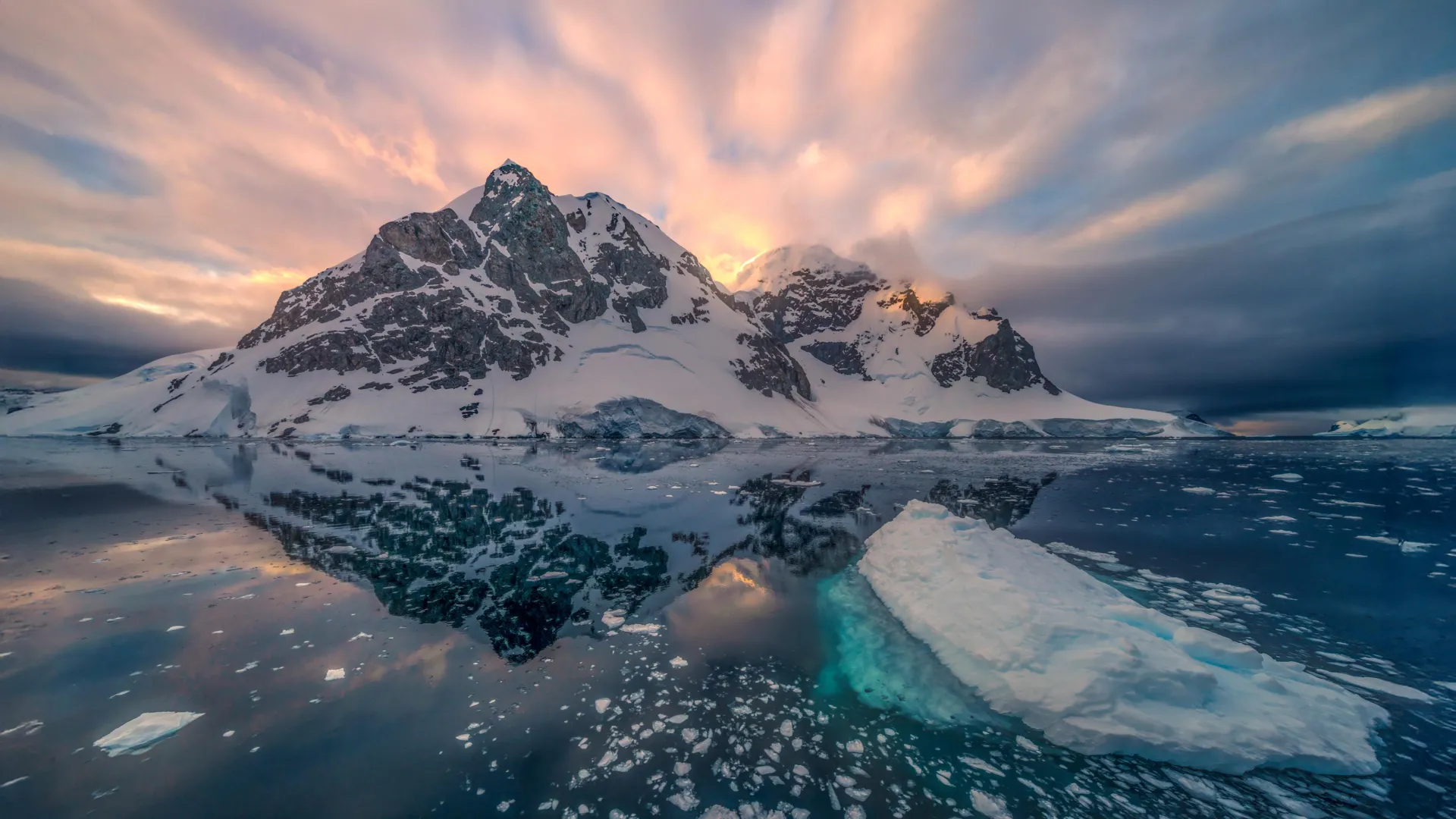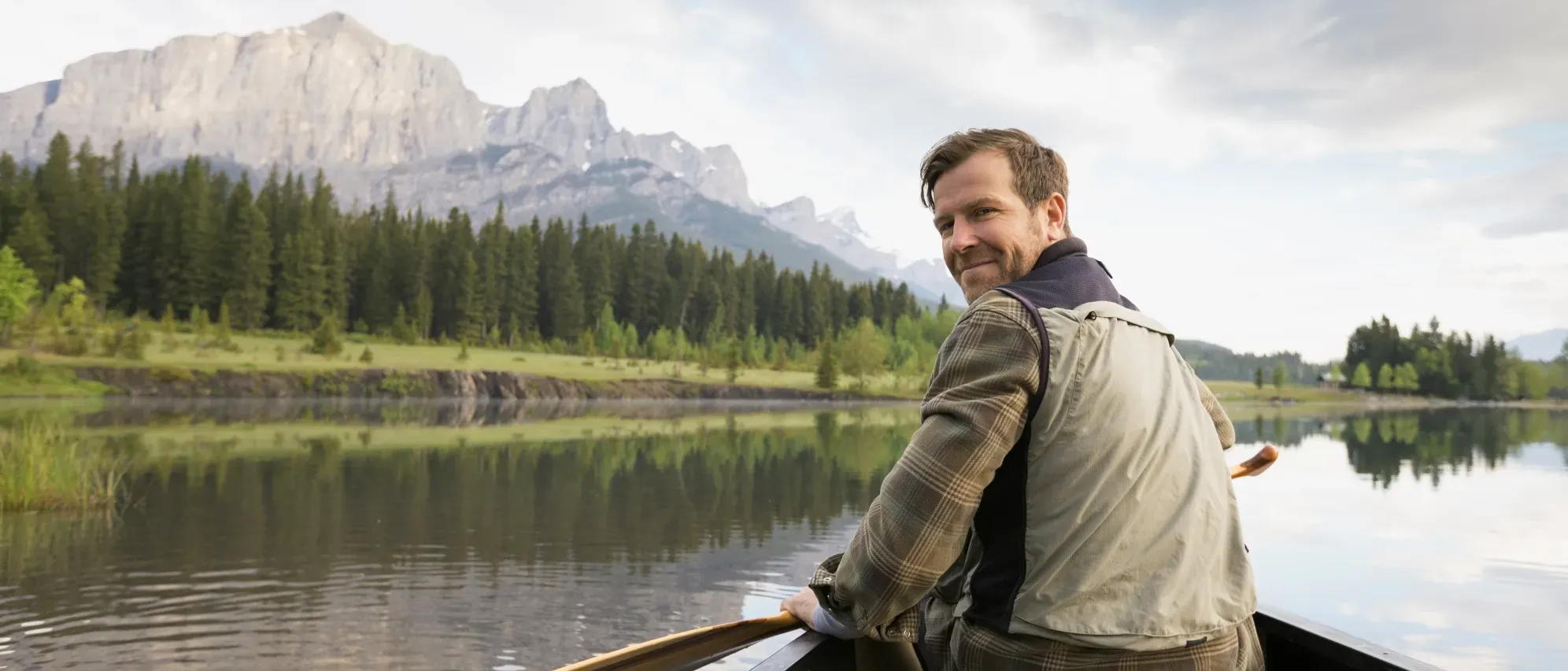Using AI and Indigenous Data to Predict the Movement of Ice
Researchers say that using decades’ worth of physics, indigenous data, and statistical modeling will give AI the references needed to predict the movement of Ice as the poles continue to melt.
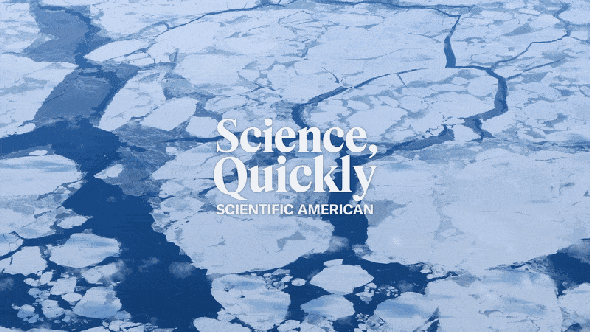
Sea ice is changing fast. Are forecasts, created by artificial intelligence, the best way to keep up with the pace of a warming climate in the far north?
Sea ice, according to scientists, is melting at an alarming rate—so quickly that some researchers believe traditional methods for forecasting its extent may not keep up with the pace of a changing climate.
By the year 2050, the Arctic could be ice-free in the summer months. And shipping traffic in the region is on the rise, but predicting sea ice extent is complicated.
Today we’re looking at how machine learning—artificial intelligence—could become the tool of the future for sea ice forecasting.
Leslie Canavera: We build artificial intelligence and machine learning models for the Arctic, based on the science of oceanography.
Schwing: That’s Leslie Canavera. She is CEO of a company called PolArctic, and she is trying to forecast ice in a different way than science ever has.
Since the late 1970s, scientists have relied on physics and statistical modeling to create sea ice forecasts.
Canavera: When you take two water molecules, and you freeze them together, you know, like, right, this is how they freeze together. But there’s a lot of assumptions in that. And when you extrapolate to the ocean, there’s a lot of error.... And statistical modeling is based on, like, historical things of what’s happened. But with climate change, it’s not acting like the history anymore. And so artificial intelligence really takes the best of both of those and is able to learn the system and trends to be able to forecast that more accurately.
Schwing: Of course, that foundation of statistics and historical data is still important, even with its errors and caveats.
Holland: We can't model every centimeter of the globe.
Schwing: Marika Holland is a scientist at the National Center for Atmospheric Research in Boulder, Colorado. The center has been using physics and statistical modeling to predict sea ice extent for the past five decades. Holland says that she is confident in the methodology but that these forecasts aren’t perfect.
Holland: You know, we have to kind of coarsen things, and so we get a little bit of a muddy picture of how the sea ice cover is changing or how aspects of the climate or the Earth’s system are evolving over time.
Schwing: Marika says there are also a lot of smaller-scale processes that can create problems for accurate forecasting.
Holland: Something like the snow cover on the sea ice, which can be really heterogeneous, and that snow is really insulating, it can affect how much heat gets through the ice.... We have to approximate those things because we aren’t going to resolve every centimeter of snow on the sea ice, for example.... So there’s always room for improvement in these systems.
Schwing: It’s that space—the room for improvement—where Leslie says artificial intelligence can be most helpful. And that help is especially important right now because of what is happening in the Arctic.
According to the Arctic Council, marine traffic increased by 44 percent through the Northwest Passage between 2013 and 2019. Search-and-rescue capabilities in the region are limited, and there has been increased attention on the region for its vast natural resource development potential. Leslie says AI can create a forecast on a smaller scale, homing in on specific locations and timing to benefit those user groups.
Canavera : We did a seasonal forecast and then an operational forecast where the seasonal forecast was 13 weeks in advance. We were able to forecast when their route would be open..., and we were actually to the day on when the route would be able to be open and they would be able to go. And then we did operational forecasts where it was like,“All right, you’re in the route, what [are] the weather conditions kind of looking like?”
Schwing: Using AI to forecast sea ice extent isn’t a novel approach, but it is gaining traction. A team led by the British Antarctic Survey’s Tom Anderson published a study two years ago in the journal Nature Communications. In a YouTube video that year, Tom touted the benefits of his team’s model, called IceNet.
[CLIP: Anderson speaks in YouTube video: “What we found is super surprising. IceNet actually outperformed one of the leading physics-based models in these long-range sea ice forecasts of two months and beyond while also running thousands of times faster. So IceNet could run on a laptop while previous physics-based methods would have to run for hours on a supercomputer to produce the same forecasts.”]
Schwing: One of the biggest limitations when it comes to AI-generated sea ice forecasts is what Leslie calls “the black box.”
Canavera: And you have all of this data. You put it into the artificial intelligence black box, and then you get the answer. And the answer is right. And scientists get very frustrated because they’re like, “Well, tell me what the black box did,” right? And you’re like, “Well, it gave you the right answer.” And so there's a big trend in artificial intelligence that is called XAI, and explainable AI si hwat that kind of relates to and “Why did your artificial intelligence give you the right answer?”
Sometimes, she says, AI happens upon the right answer but for the wrong reasons. That’s why Marika at the National Center for Atmospheric Research says the most effective sea ice forecasts are likely to come from combining both machine learning and five decades’ worth of physics and statistical modeling.
Holland: If machine learning can help to improve those physics-based models, that’s wonderful. And that is kind of the avenues that we’re exploring—is how to use machine learning to improve these physics-based models that then allow us to kind of predict how the climate and the sea ice system are going to change on decadal, multidecadal [kinds] of timescales.
Schwing: And there’s one piece of the sea ice forecasting puzzle Leslie, who is Alaska Native, believes is irreplaceable: traditional Indigenous knowledge.
Canavera: What's great about traditional Indigenous knowledge and artificial intelligence is that a lot of traditional Indigenous knowledge is data, and artificial intelligence builds models on data. And that’s why it works better than these like dynamical models in being able to incorporate the traditional Indigenous knowledge.
What is Your Reaction?
 Like
1
Like
1
 Dislike
0
Dislike
0
 Love
0
Love
0
 Funny
0
Funny
0
 Angry
0
Angry
0
 Sad
0
Sad
0
 Wow
1
Wow
1






